Update from Zilbeti
Mining company MAGNA, supported by the Government of Navarra, proposed to fell 54,000 trees to enable the extension of a magnesite mine. People from the tiny village of Zilbeti and their supporters in neighbouring areas, local conservation groups and national NGOs such as SEO-BirdLife Spain resorted to guerrilla art to highlight the injustice, and the environmental damage, that would be caused by such a fragrant breach of EU law.
While SEO-BirdLife led a legal fight in the Navarran High Court, the local activists created Guernica de Zilbeti - a 25 metres wide by 15 high reproduction of Picasso’s Civil War protest painting, using harmless pigment on the trees themselves. In October 2015, we reported a High Court victory, but that proved not to be the end of the story. MAGNA, along with some local authorities, challenged the regional High Court’s decision in Spain’s Supreme court. Two weeks ago, on 29 March, a definitive decision was made, once and for all, confirming full protection for the forest.
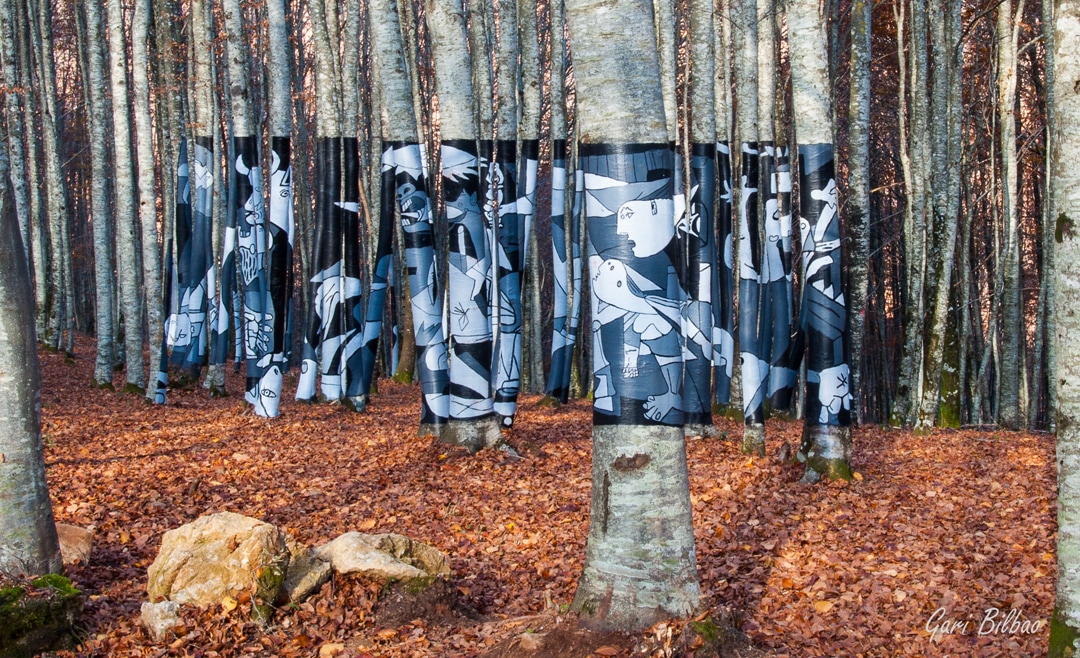
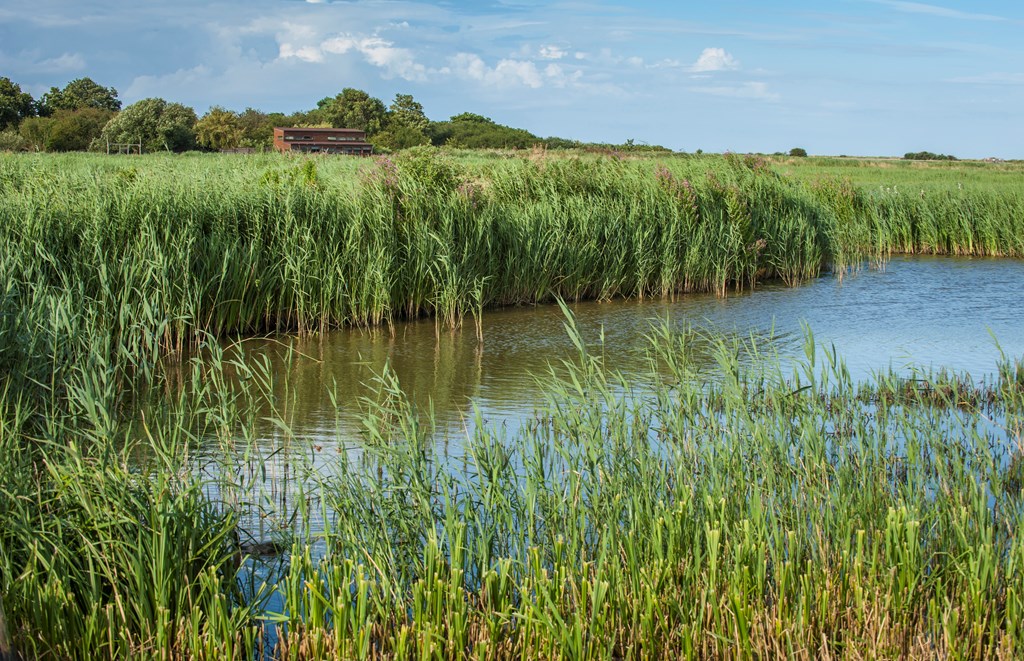
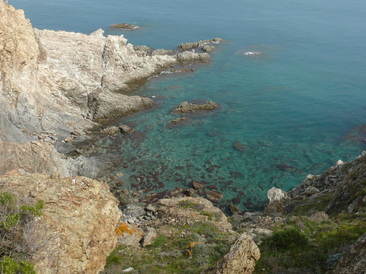
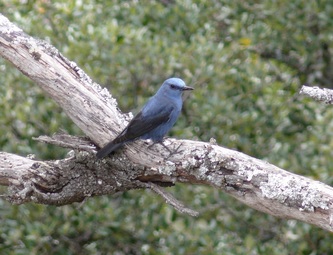
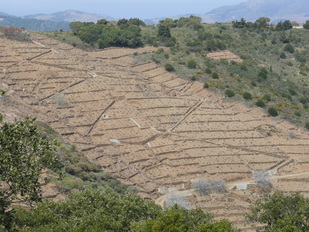
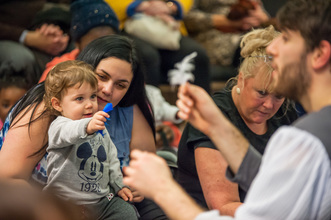
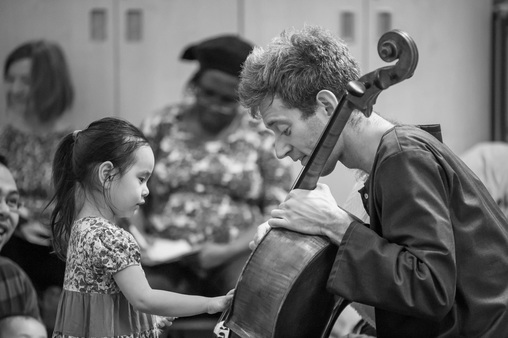

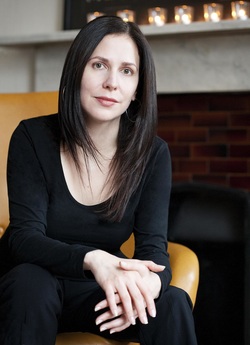
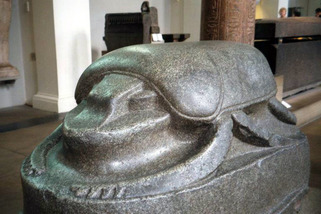

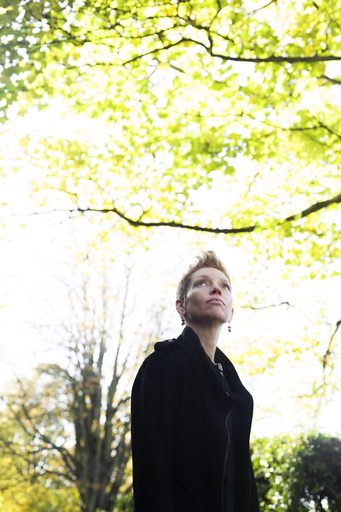
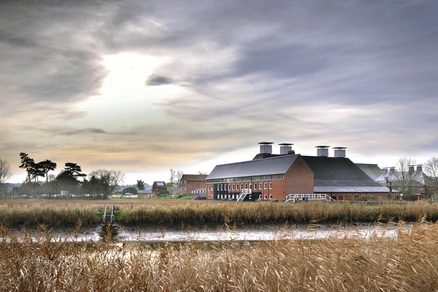
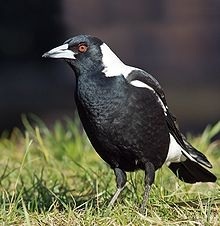
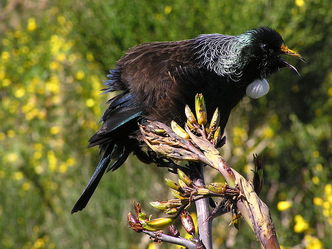
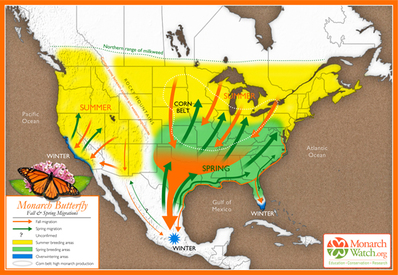
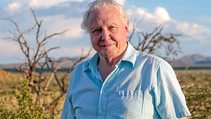
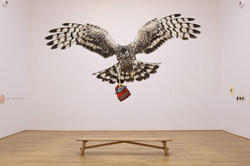
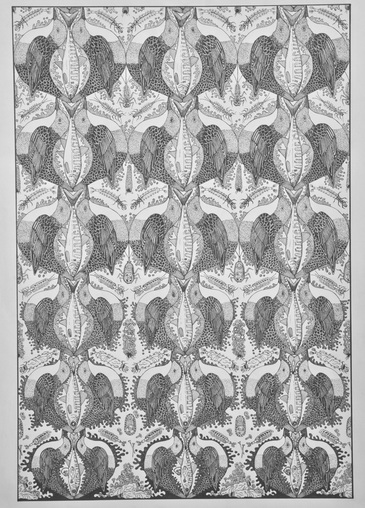
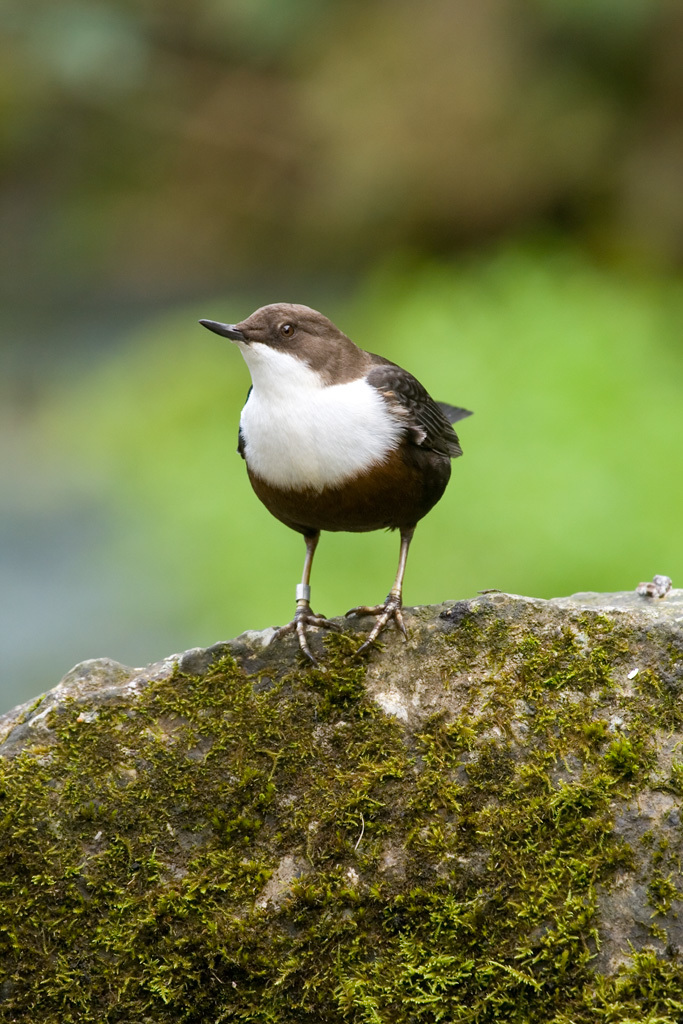
 RSS Feed
RSS Feed
